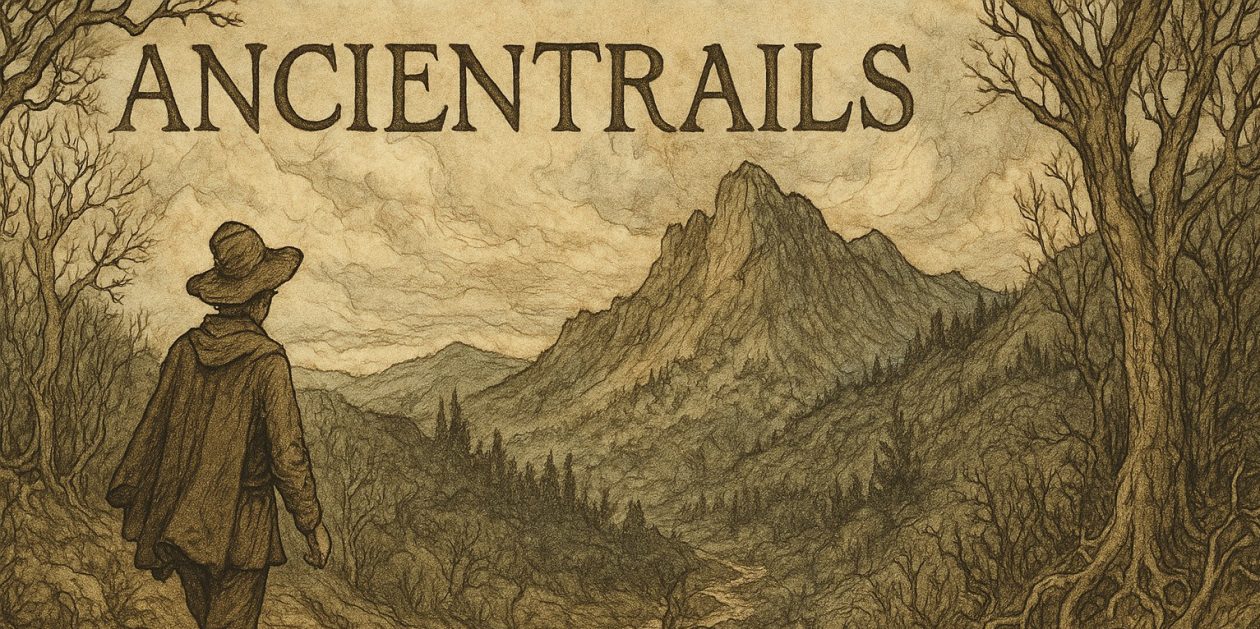Imbolc Waxing Wild Moon
Imbolc. The celebration of lamb’s in the belly, imbolc and the festival honoring Brighid*. (see information below from the Encyclopedia Mythica.This is my favorite web source for quick, accurate information about Gods and Goddesses.)
When I came back to my Celtic roots during my transition out of the Presbyterian Ministry (the state church of a Celtic country), Brighid became central to the spirituality I began to develop. As a fire goddess, her Imbolc celebration symbolizes the quickening of the earth as the reign of the Caillieach, the crone, recedes under the sun’s (fire) unrelenting return.
As a fire goddess, the blacksmiths worshiped her, as did the housewife with her hearth-fire and the poet, the filid and the bard, roles critical to ancient Celtic society. Brighid inspired the poets. Thus, she supported craftspersons, domestic life and the spark of genius that kept kings and the ruling class in check and still gives Ireland fame in letters to this day. She became associated with fertility, hence the ewe and the lamb in the belly.
In one interpretation of the Great Wheel, the earth goes through three phases: the first, or the virgin/maiden takes prominence with the beginning of the agricultural year, Imbolc. The second, the Mother, takes the God as her husband at Beltane (May 1) and reigns over the growing season. As the harvest comes in the Cailleach, the old woman or crone, takes charge. The year proceeds in this way through virignity, motherhood and old age; a procession repeated over and over, as this archetypal linking of the year and the maturation of humanity repeats over and over in human society.
On this February 1st, as the business cycle continues its skid, the Great Wheel can teach us that the cyclical nature of human events will right this plunge and prosperity, too, will return. You might see the business cycle as going through its crone phase, except the crone was a wise woman and as near I can tell this phase of the business cycle represents foolish men.
Time has many puzzling aspects, not the least is its appearance of linearity while we experience, too, and more profoundly, its cycles. I see the cyclical nature of time as more true to my experience and more hopeful. The Great Wheel, the natural cycle, does not require a cataclysm at the end to right injustice and imbalance, as do faith traditions invested in chronological time. Each year each season brings its own opportunities for renewal, for celebration and each season is only that, a season. In regular succession the next season will come.
I used to close my e-mails with this quote I discovered carved into the Arbor Day Lodge wooden border in its reception atrium:
There is something infinitely healing in the repeated refrain of nature–the assurance that dawn comes after night, spring after winter. Rachel Carson
This is the great and wonderful gift the Great Wheel can bring to your life, if you let it. Continue reading Imbolc: The Great Wheel Turns →
